Report: Evaporation from California Irrigation Adds Enough Water to Colorado River to Supply 3 Million People
A new study implies that cross-border evaporation can be added to the list of supply and policy factors that water and land managers in the arid Southwest U.S. should ponder.
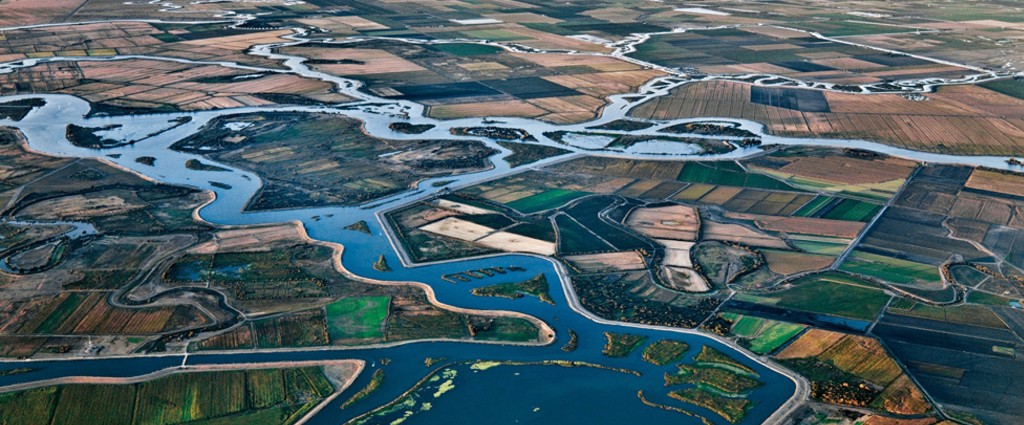
By Brett Walton
Circle of Blue
California’s Central Valley is an agricultural machine. The valley, which accounts for one-sixth of irrigated lands in the United States, produced crops worth $US 21 billion in 2007, according to the most recent U.S. Census of Agriculture, a comprehensive analysis of U.S. agricultural production.
Irrigation in the Central Valley also generates an important, less visible export: water vapor. Through evaporation, that water vapor, once aloft, is a significant source of summer precipitation and streamflow hundreds of kilometers away in one of the nation’s most water-scarce river basins, adding enough water each year to the Colorado River to cover the daily needs of 3 million people, according to startling and intriguing climate-modeling research from scientists at the University of California, Irvine, and National Taiwan University.
–Jay Famiglietti, study co-author
University of California, Irvine
The study sheds light on a vital but poorly understood component of the water cycle, providing a first estimate for how irrigation in one region can still affect the water balance of a distant, geographically disconnected river system. According to the study, evaporation from Central Valley irrigation increases the summer flow of the Colorado River by 28 percent — or 400 million cubic meters (325,000 acre-feet) — compared to having no irrigation at all. In the Four Corners region, the effect is even more pronounced, increasing summer flows by 56 percent.
“It is a big number,” said Jay Famiglietti, a climate hydrologist and a co-author of the study, published January 29 in Geophysical Research Letters. “We need to do a better job across the world looking at water budgets: how much water leaves the system, where it goes.”
Water management in general is not represented well in global climate models, Famiglietti told Circle of Blue, which is an important omission, considering the extent to which the world’s rivers, fields, and aquifers have been manipulated for agriculture. Famiglietti calls this the “anthropogenic loop” in the water cycle, and the new research shows just how much water is caught in the swirl.
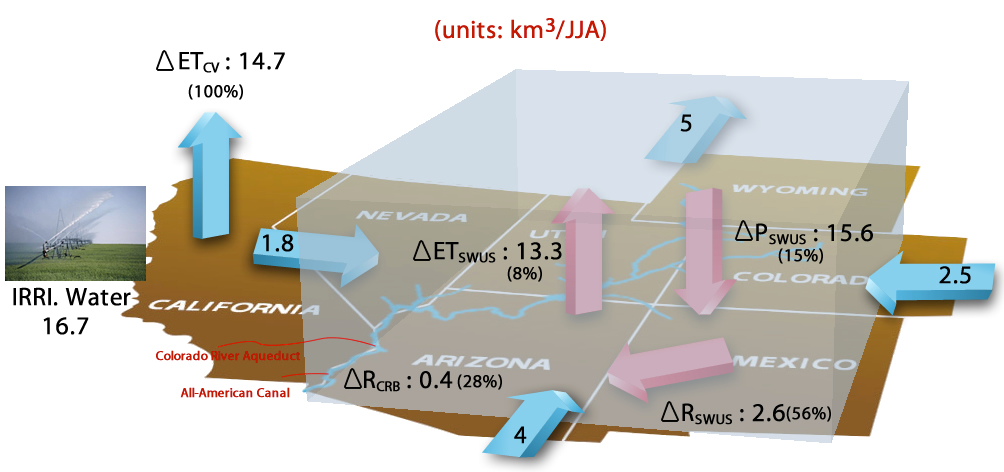
A New Vocabulary for Water Management
Using global climate models, the scientists ran two simulations for the Central Valley, a fertile slice of land in the heart of California. Roughly 40 percent of the irrigation water there comes from aquifers.
One simulation tested the effect of current irrigation levels, while the other assumed that no irrigation at all takes place in the valley. The results showed that evaporation plays a significant role in the water cycle for the entire Southwest United States.
–Joe Barsugli, atmospheric scientist
University of Colorado, Boulder
The paper requires a new vocabulary to speak about hydrologic connections. In the Colorado River watershed, California is downstream — in other words, last in line as the river flows out of the Rocky Mountains and toward the sea. But this research shows that California’s intensive irrigation is a key “upwind” source of water vapor that is lifted over the Sierra Nevada and is deposited as rain or snow in the Colorado River Basin. That precipitation eventually returns to southern California as water in the river, thus completing Famiglietti’s loop.
Evaporated irrigation water adds water vapor to the air and — because the water later condenses — thus adds energy to the monsoon weather patterns in the Southwest U.S. So, though water is an essential resource, evaporation like this can lead to stronger and more intense storms that can result in flooding and erosion.
Famiglietti explained it as “throwing fuel on a fire,” adding that the modeling does not look at the type of storms that are produced.
Take Caution
But the magnitude of irrigation’s supposed effect on the Colorado River has other scientists questioning whether the study’s results accurately reflect reality.
“I’d be cautious in interpreting this 28 percent figure at face value,” said Joe Barsugli, an atmospheric scientist at the Western Water Assessment at the University of Colorado, Boulder. “Just because you’ve demonstrated something happens in a model doesn’t mean it’s happening in the real world.”
Barsugli told Circle of Blue that the study proposes an interesting hypothesis, but requires more testing and refinement. For example, he would like to have seen the study include observed atmospheric flows between the Central Valley and the deserts to the east — data that he looked up himself to boost his confidence in the study’s claims.
“You want some observational validation to see if you can reproduce what you are seeing in the model,” Barsugli explained, adding that further studies could use models that provide more detail over the Sierra Nevada and Tehachapi mountains, because the effects of the air flow — and thus the amount of moisture carried to the Colorado River as rainfall — may be overstated by the broader global climate model.
Nevertheless, it is a really complete study, said Patrick Keys, a Ph.D. student at Stockholm Resilience Center who published a paper in 2011 on how evaporation and land use changes affect regional precipitation. He was impressed that the study considered river flows as well as precipitation, while managing to describe how both are linked to irrigation.
–Patrick Keys, Ph.D student
Stockholm Resilience Center
Keys told Circle of Blue that the study might eventually influence water policy or environmental reviews.
“Say you stop irrigating,” he conjectured. “Will you have to prove that your actions won’t have an impact on Colorado River flows? That’s a can of worms. It’s also speculative, but this kind of paper makes those questions pop up — this is something we need to pay attention to from now on.”
Barsugli, Keys, and Famiglietti all agree, however, that the study’s implicit conclusions need a deeper look.
“If we increase irrigation, we might increase storms,” Famiglietti reckoned. “Going the other direction, if we decrease irrigation, is that going to decrease Colorado River streamflow? That’s an important question.”
Released in December, a federal Bureau of Reclamation study accounting for climate change forecasts a 9 percent decline in the Colorado River’s average annual flows by 2060. Meanwhile, irrigation in the Central Valley is threatened by unsustainable groundwater pumping, drought, and urbanization, according to a May 2012 study from the University of Texas.
Brett writes about agriculture, energy, infrastructure, and the politics and economics of water in the United States. He also writes the Federal Water Tap, Circle of Blue’s weekly digest of U.S. government water news. He is the winner of two Society of Environmental Journalists reporting awards, one of the top honors in American environmental journalism: first place for explanatory reporting for a series on septic system pollution in the United States(2016) and third place for beat reporting in a small market (2014). He received the Sierra Club’s Distinguished Service Award in 2018. Brett lives in Seattle, where he hikes the mountains and bakes pies. Contact Brett Walton


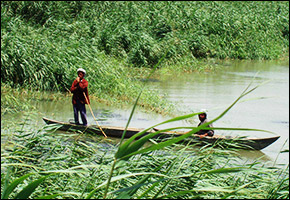
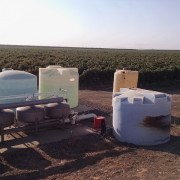
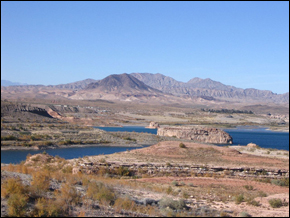
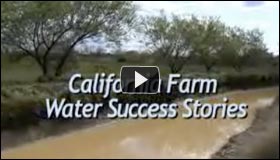
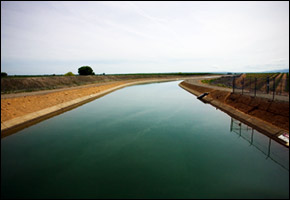
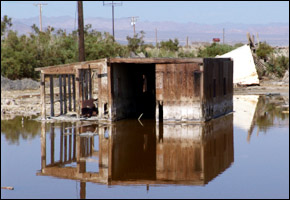


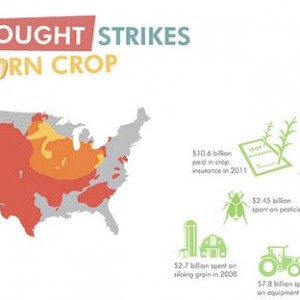
The resolution of the model (CAM 3.5) is 1.4 degrees so small scale processes are at best minimal…most convective modeling would be below the CAM resolution. The utilization of teleconnections in CAM have their greatest reliability in winter atmospheric patterns over the southwest U. S. and are of minimal value in the summer. The observed summer precipitation pattern over the region is greatly influenced by the terrain and no such pattern is evident.
Seems like California emits a lot of water vapor. Has someone estimated the effect of all that water vapor on global warming? If all that water had remained in the Colorado River, the water would just add to the already existing ocean rather than being spread out on a huge surface of the ground there held and a portion evaporated.